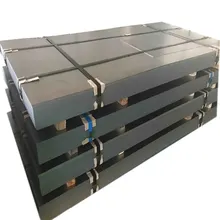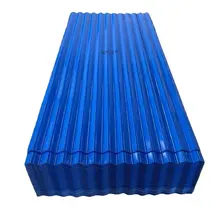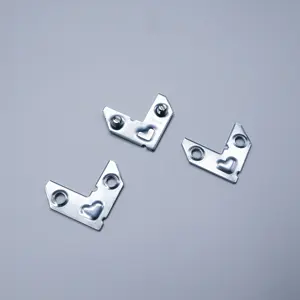Truss brackets are metal products used to connect beams and columns to enhance the stability and strength of a structure. Truss brackets are of various types, such as pergola truss brackets, gazebo truss brackets, scissor truss brackets, decorative truss brackets, and more.
The materials of truss brackets
Truss brackets can be made from various materials. Steel has high strength and rigidity, allowing it to withstand significant loads and stresses, making it a common material for manufacturing truss brackets. Steel truss brackets are typically stronger and more durable, suitable for large structures and applications that require heavy loads. They are usually treated with galvanization or coating to prevent rust and corrosion, improving their durability and lifespan. Aluminum has high strength and corrosion resistance while being lightweight and easy to transport and install. Aluminum truss brackets are lighter and easier to install, suitable for lightweight structures and applications that require portability. They are usually treated with anodization or other surface treatments to improve their corrosion resistance and appearance. In addition, there are also some special materials for truss brackets, such as carbon fiber and composite materials.
The categories of truss brackets
Truss brackets can be classified into different categories. L-shaped truss brackets: L-shaped truss brackets have an L shape, with one end used for connecting to the wall and the other end for connecting to the roof rafter. They are commonly used for reinforcing and supporting the roof rafter to prevent sagging or movement. U-shaped truss brackets: U-shaped truss brackets have a U shape. Compared to L-shaped truss brackets, they are more suitable for connecting wider beams or for connections between beams and columns. T-shaped truss brackets: T-shaped truss brackets have a T shape and are commonly used for supporting larger roof structures. In addition, there are also diagonal truss brackets, arch truss brackets, and other types that can be customized based on specific application requirements.
Applicable fields of truss brackets
Here are some common applications. Building structures: Truss brackets are commonly used in the beam-column connections of buildings, such as houses, commercial buildings, and industrial buildings. Bridge structures: Truss brackets are commonly used in the beam-column connections of bridges, such as bridge piers and bridge deck beams. Road structures: Truss brackets are commonly used in the beam-column connections of road structures, such as tunnels and overpasses. Airport structures: Truss brackets are commonly used in the beam-column connections of airport structures, such as terminal buildings and aprons. Stage and lighting structures: Truss brackets can be used to connect beams and columns in stage and lighting structures, supporting the weight of stage and lighting equipment. Exhibition and display structures: Truss brackets can be used to manufacture exhibition and display structures, supporting the weight and stress of displayed items. Other structural engineering: Truss brackets can also be applied to other structural engineering projects, such as power towers, mine supports, and ships.

































 浙公网安备 33010002000092号
浙公网安备 33010002000092号 浙B2-20120091-4
浙B2-20120091-4